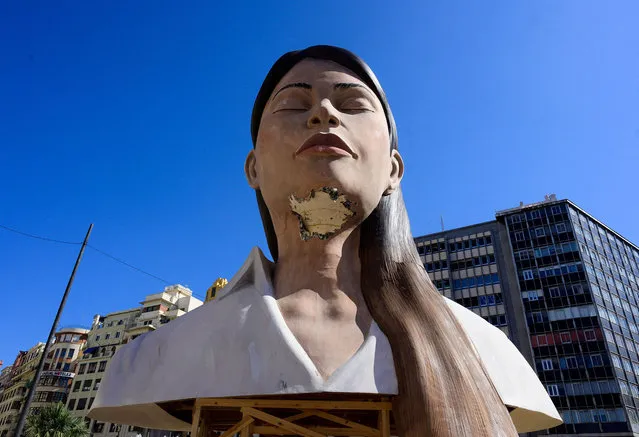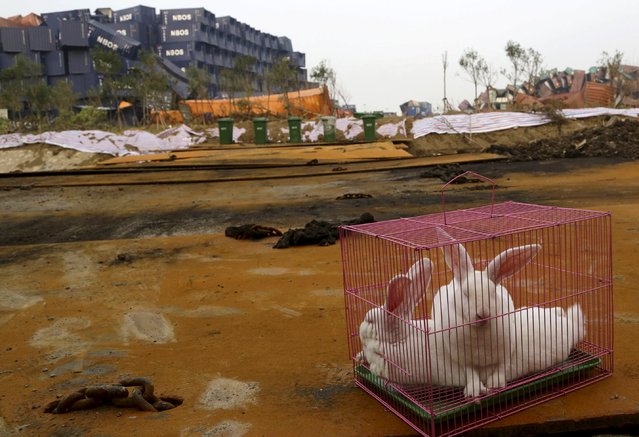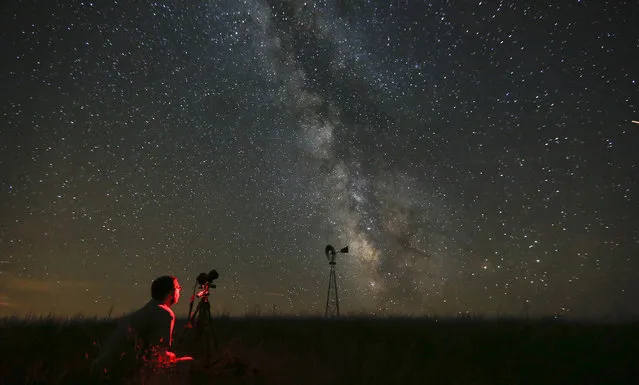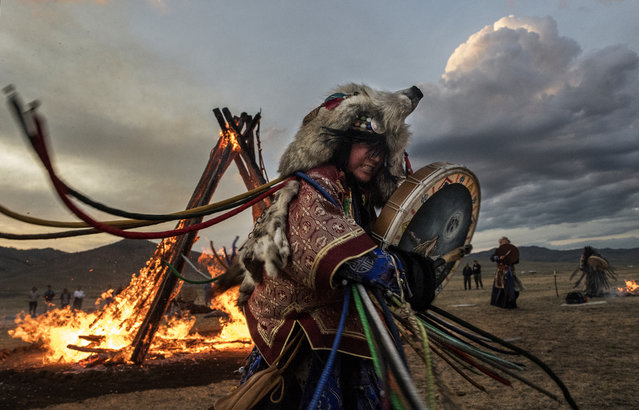
Visitors looks at the flying car Pegasus 1, built by French entrepreneur Jerome Dauffy at Paris Air Show, in Le Bourget, east of Paris, France, Tuesday, June 20, 2017. Aviation professionals and spectators are expected at this week's Paris Air Show, coming in, in a thousands from around the world to make business deals. (Photo by Michel Euler/AP Photo)
24 Jun 2017 08:22:00,post received
0 comments







